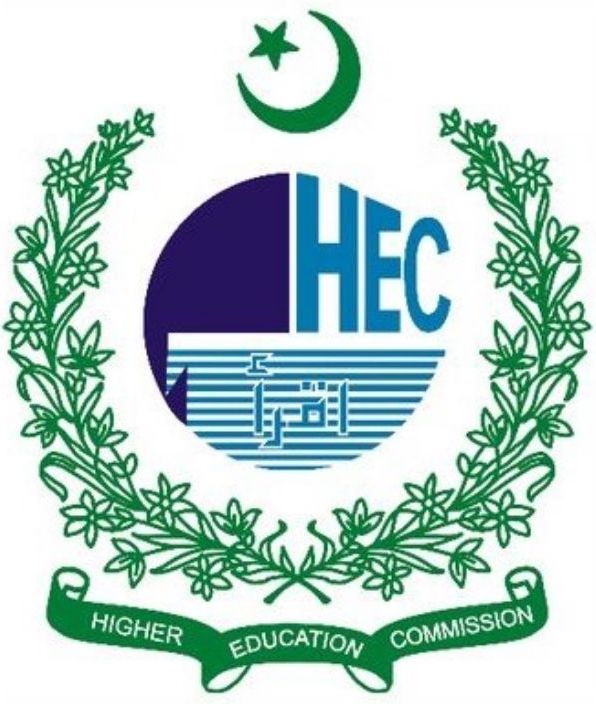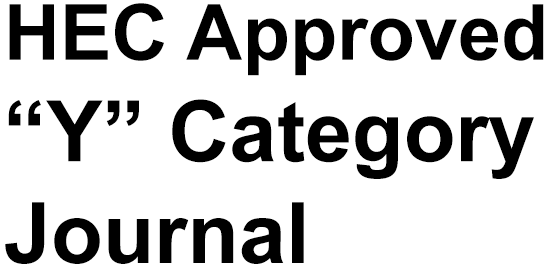X-Efficiency Analysis of Islamic Banks in Pakistan
DOI:
https://doi.org/10.61503/cissmp.v2i4.78Keywords:
Labor and decent work disclosure, Global Reporting Initiatives, Sustainable development goalsAbstract
This paper investigates the X-efficiency of Islamic banks in Pakistan from 2007 to 2020. Researchers aim to determine the efficiency of Islamic banks with respect to the utilization of available resources. The efficiency of the banking sector has been under scrutiny in recent years due to increased competition, deregulation, global financial crises, and the advent of Islamic banking. The study investigates the data of five functional Islamic banks in Pakistan. This study employs the Data Envelopment Analysis (DEA) method to evaluate the efficiency of the Islamic banking sector. The input and output variables are specified using an intermediation approach, in accordance with standard practices. The results indicate that Islamic banks in Pakistan are, on average, relevantly efficient. We found that among the five Islamic banks in Pakistan, the Meezan Bank has the greatest average cost, technical efficiency, and allocative efficiency. It becomes clear that the bank's size and longevity are the primary contributors to its top-tier performance and efficiency metrics. The study's results provide credence to the idea of economies of scale by showing that scale efficiency improves with bank size. These results call for regulatory considerations that acknowledge the influence of bank size on efficiency, suggesting that policies promoting growth might inadvertently enhance the sector's efficiency levels.
Downloads
Downloads
Published
Issue
Section
License
Contemporary Issues in Social Sciences and Management Practices (CISSMP) licenses published works under a Creative Commons Attribution-NonCommercial (CC BY-NC) 4.0 license.












